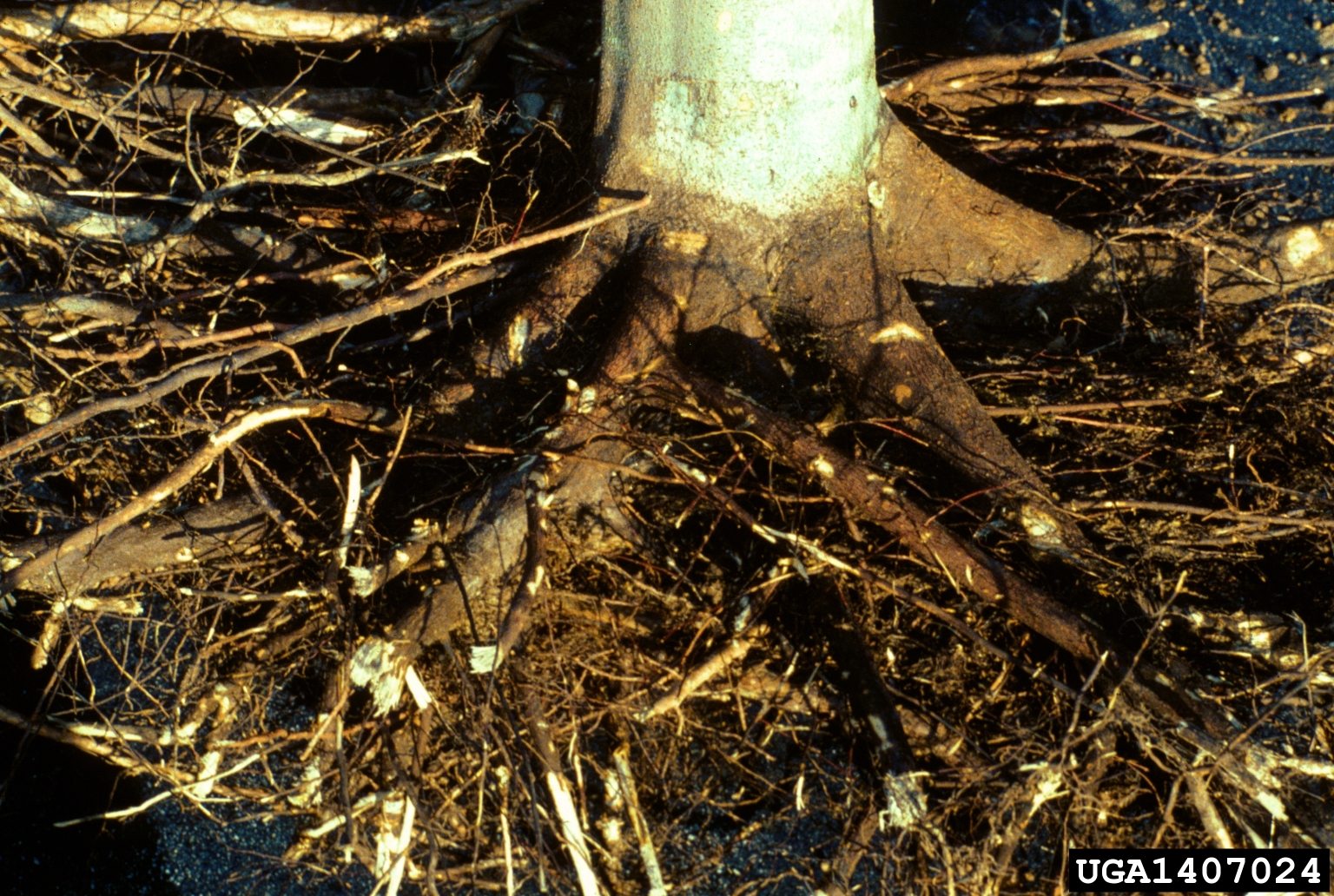What Is A Root Zone: Information On The Root Zone Of Plants


Gardeners and landscapers often refer to the root zone of plants. When purchasing plants, you’ve probably been told to water the root zone well. Many systemic disease and insect control products also suggest applying the product to the plant’s root zone. So, what is a root zone exactly? Read more to learn what the root zone of plants is, and the importance of watering the root zone.
What is a Root Zone?
Simply put, the root zone of plants is the area of soil and oxygen surrounding the roots of a plant. Roots are the starting point of a plant's vascular system. Water and nutrients are pulled up from the oxygenated soil around the roots, called the root zone, and pumped into all the aerial parts of the plant. A proper and healthy plant root zone is spread out past the drip line of a plant. The drip line is a ring-like area around the plant where water runs off from the plant and into the ground. As plants root and grow, the roots spread out toward this drip line in search of the water that runs off the plant. In established plants, this drip line area of the root zone is the most efficient area to water the plant in a drought. In many plants, the roots will branch out densely and grow up toward the soil’s surface around the drip line to absorb as much rainfall and runoff as the roots and root zone can hold. Plants that root deeply depend more upon deep groundwater and will have a deeper root zone.
Information on the Root Zone of Plants
A healthy root zone means a healthy plant. The root zone of healthy established shrubs will be approximately 1 to 2 feet (31-61 cm.) deep and extend out past the drip line. The root zone of healthy established trees will be about 1.5 to 3 feet (46-91 cm.) deep and spread out past the drip line of the tree canopy. Some plants may have shallower or deeper root zones, but most healthy plants will have a root zone that extends out past the drip line. Roots can be stunted by compacted or clay soil and improper watering, causing them to have a small, weak root zone that does not absorb the water and nutrients a healthy plant requires. Roots can grow long, leggy, and weak in a root zone that is too sandy and drains too quickly. In well-draining soil, roots are able to develop a large, strong root zone.
Sign up for the Gardening Know How newsletter today and receive a free copy of our e-book "How to Grow Delicious Tomatoes".

Darcy is a former contributor to Gardening Know How. She is a professional landscape designer and gardening writer with experience in plant sales. An avid gardener, Darcy has a passion for sharing practical tips to help others grow.